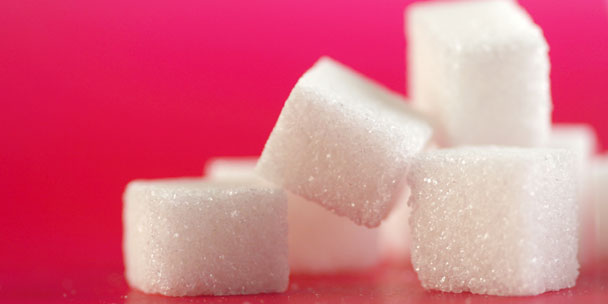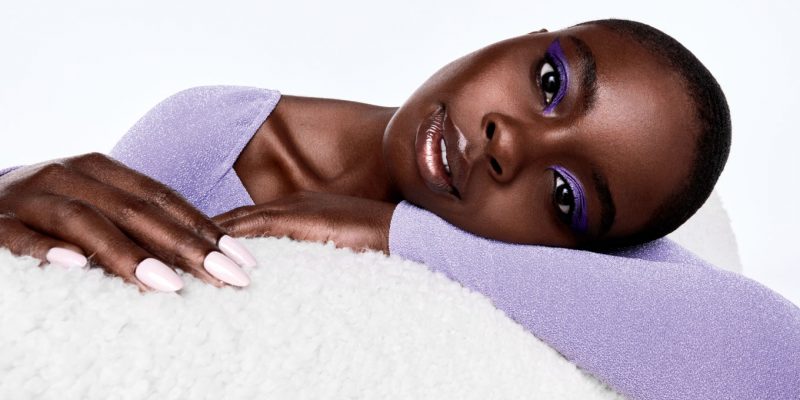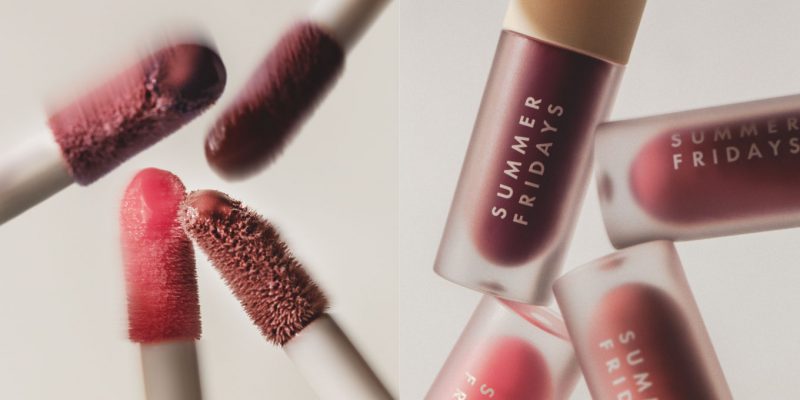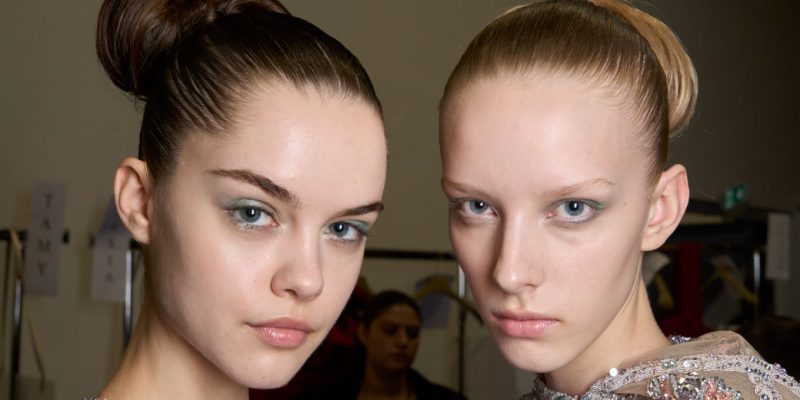Astute beauty followers have noticed a new term cropping up on product labels: glycation. Simply put, glycation is the process by which sugar in the blood binds with protein. In the skin, glycation precludes collagen from working properly by stiffening it, which makes skin less supple, more fragile and, ultimately, olderlooking. And since glycation is irreversible, blocking the process is a key goal.
Today, many topical formulas feature an ingredient containing carnosine (a type of amino acid) that is designed to inhibit, via a high-tech delivery system, the destructive glycation process. Others rely on “cozier” ingredients, such as blueberry or pomegranate extract, to do the job. But when it comes to the effectiveness of any of these ingredients, Dr. Leslie Baumann remains dubious. Founder of the University of Miami’s Cosmetic Medicine & Research Institute and author of the bestselling dermatology textbook
Cosmetic Dermatology: Principles and Practice, Baumann asks: “Does it penetrate deeply enough into the dermis where the collagen is? And, if so, does it get there in an active form? I haven’t seen the proof. I’m not convinced that any ingredients really block glycation.”
Why, then, the sudden emergence of anti-glycation products? Baumann, who now directs her own research institute — which does clinical trials for some 45 cosmetics companies — outlines two potential sources for the current buzz. First, along with many dermatologists, skin-care companies and their ingredient supply labs monitor developments in related medical fields. “Most of the glycation data we have comes from the diabetes world,” explains Baumann. “Since a lot of diabetics struggle with high sugar levels, glycation is a big issue for them; glycation in the arteries can lead to atherosclerosis and heart disease. Arteries and skin act similarly in many regards, so the companies coming out with these skin-care products are really piggybacking on the latest cardiology research on the damaging effects of glycation.”
Learn about the second potential source of glycation on the next page …
Spring beauty trends: Hot lips, eyes and sun-kissed skin
Double duty: The flawless face
Beauty remedies: The quintessential cold cream

The second potential source is a straightforward trend dynamic: Just as a significant fabric supplier can start a whole season’s fashion trend for turquoise, an ingredient manufacturer can pitch its innovation to cosmetics manufacturers and suddenly a whole raft of products appear, spotlighting essentially the same hot new ingredient or technology — or targeting the same problem.
Further studies may yet show the long-term benefits of anti-glycation ingredients to prevent premature aging. For the time being, says Baumann, antioxidants and retinoids are the only scientifically proven skin-care performers. However, if you are concerned about the effects of glycation, Baumann says that there is something you can do: “Eat less sugar.”
Read more
Eye do: Say goodbye to tired eyes
Beauty flash: Double duty foundation
Spice market: Beauty products get spicy
Test the latest celebrity hair and makeup trends with our Virtual
Makeover Tool!








